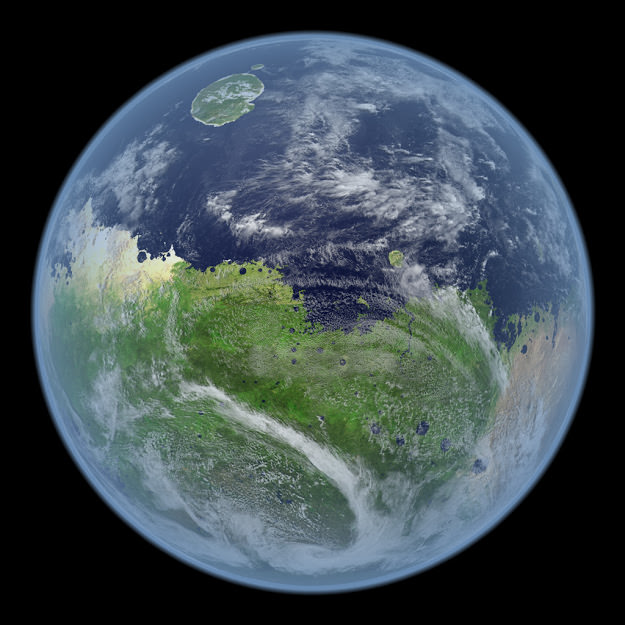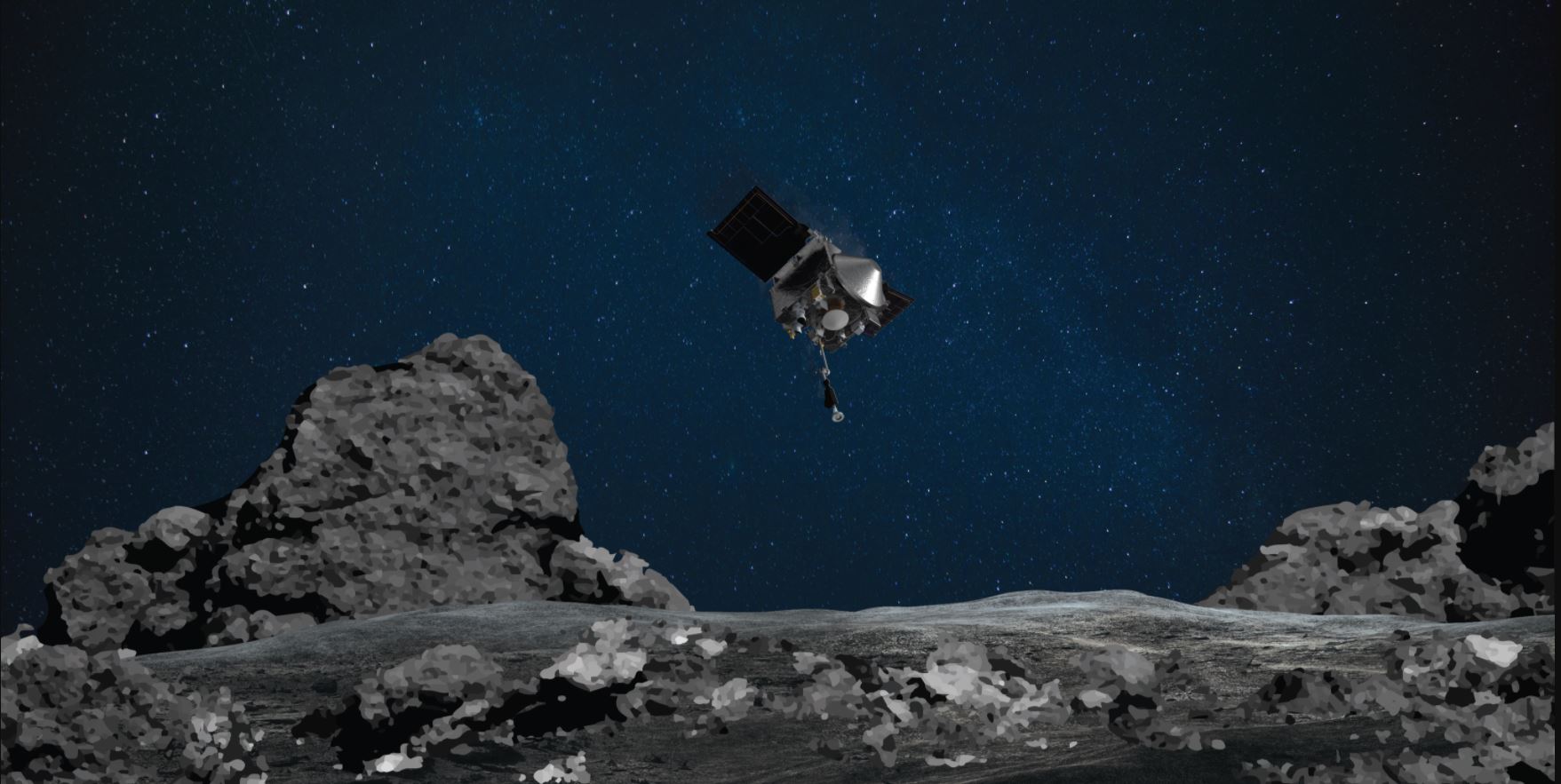The study of asteroid samples is a highly lucrative area of research and one of the best ways to determine how the Solar System came to be. Given that asteroids are leftover material from the formation of the Solar System, they are likely to contain vital clues about how several key processes took place. This includes how water, organic molecules, and the building blocks of life were distributed throughout the Solar System billions of years ago. For this reason, space agencies have attached a high importance to the retrieval of asteroid samples that are returned to Earth for analysis.
This includes NASA’s Origins, Spectral Interpretation, Resource Identification, and Security–Regolith Explorer (OSIRIS-REx) mission. This spacecraft rendezvoused with asteroid (101955) Bennu on December 3rd, 2018, returning 121.6 grams of material (the largest sample ever) to Earth by September 2023. A recent analysis by scientists from NASA’s Goddard Space Flight Center revealed molecules key to life on Earth, including all five nitrogen bases – molecules required for building DNA and RNA. These findings support the theory that asteroids could have delivered the building blocks of life to Earth in the distant past.
Continue reading “The Building Blocks for Life Found in Asteroid Bennu Samples”










